3G or HSDPA — most mobile users would not mind the difference these two have when it comes to connecting via mobile 3G internet. This is mainly because most people think 3G in the Philippines is slow anyway. I looked into this to see if the difference between 3G and HSDPA speeds really matter.
3G (3rd Generation of Telecommunication Standards) is a standard of cellular connectivity which allows for speeds of up to 384 Kb/s downstream and 64 Kb/s upstream.
3G HSDPA is a 3G enhancement — HSDPA (High-Speed Downlink Packet Access) is a new mobile data protocol and is sometimes referred to as a 3.5G. Theoretically, HSDPA speeds can reach 3.6 Mbps downstream and 348 Kbps upstream.
My 3G vs. HSDPA test included the ff.:
Smart SIM
Nokia E51 (for HSDPA)
Nokia E63 (for 3G)
Standard Nokia USB Cable
Desktop PC on Windows XP + Nokia PC Suite
SpeedTest.net & 2Wire.com (on Google Chrome Browser)
Using SpeedTest.net (to target a local server) and 2Wire.com (a US server), I took 11 samples for each phone (one on HSDPA and the other on 3G). I dropped the highest and lowest scores and averaged the remaining 9 test results.

Results are as follows:
3G (on Nokia E63)
Download Speed: 448 Kbps (SpeedTest) / 306 Kbps (2Wire)
Upload Speed: 226 Kbps (SpeedTest)
Latency: 274ms
HSDPA (on Nokia E51)
Download Speed: 1,534 Kbps (SpeedTest) / 650 Kbps (2Wire)
Upload Speed: 346 Kbps (SpeedTest)
Latency: 94ms
The numbers might not be definitive but the speed difference is significant between 3G and 3.5G (HSDPA). The speeds will be noticeable especially when you’re downloading torrents as the 3G will hit a speed cap at around 50KB/s while you can still go up to 400+KB/s on HSDPA.
The more surprising result was the latency (response delay) between the two. Latency is significantly lower on HSDPA compared to 3G which means playing network/online games will be much better on HSDPA.
Hope this test results will help you in your next phone purchase with a 3G or an HSDPA. Of course, results will vary depending on the network you are on (in this case, I used Smart 3G).




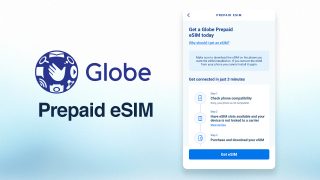


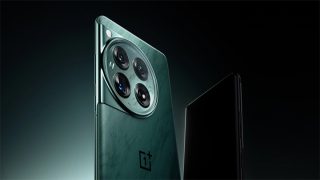
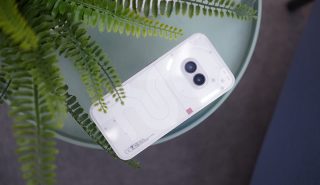
















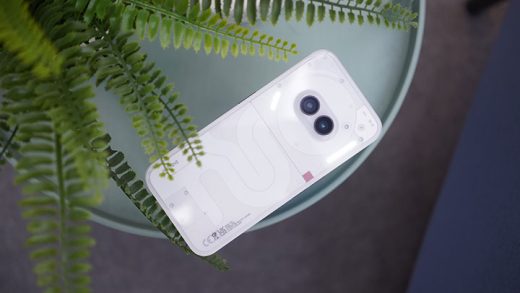
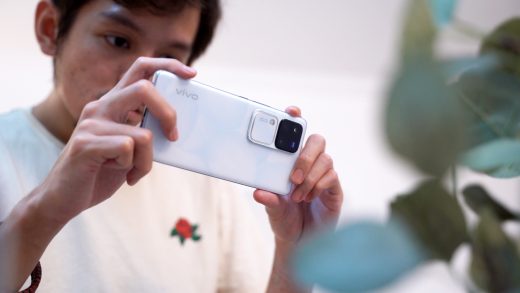
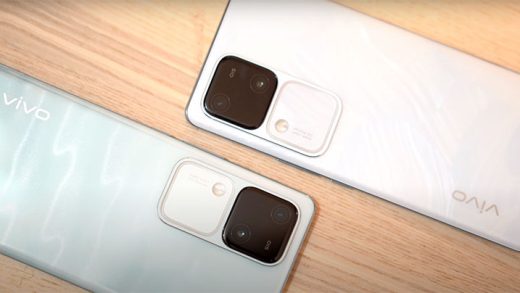





Thanks for sharing this great information.
Hi Abe Olandres,
Recently I have searching on google about HSDPA and you have covered the google snippet. This is great for me because your article is very worthing for google and readers.
After reading I analyzed This is a very informative article. Thanks to write this.
Thank you so much for sharing information. I enjoy your article because it is both informative and up to date. I’d like to bookmark the page so I can return and read you again because you’ve done a fantastic job.
I like this article. Thanks
I like this article. Thanks for sharing this article
Nice Article. Thanks for sharinging
May be one overlooked criteria is signal strength at the precise location of your USB stick or mobile phone and the relative position/location of your device to the nearest network tower. That is specially important when indoors and on one side of a building and the ISP antenna tower is on the opposite side of the house.
Best always is line of sight between your mobile device and the provider tower, or just look at the signal strength indicator on a mobile phone. Only MAX signal gives ideal speed. even a little less than max signal may reduce speed to half or less. half or less signal may make internet communication fragile/interrupted or impossible.
within cities or amidst high buildings signal strength may often show max, but the signal actually is a signal reflected on the walls of surrounding high buildings and often a distorted signal.
In addition you may have max signal but also max interference signals from industrial communication. I noticed such many times in Baguio city with max signal but Internet AND voice communication was of terrible quality.
As a helpful rule:
If you can make loud and crystal clear voice calls on same mobile, then you also get max speed available when indicator shows 3.5G